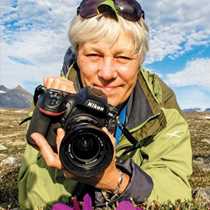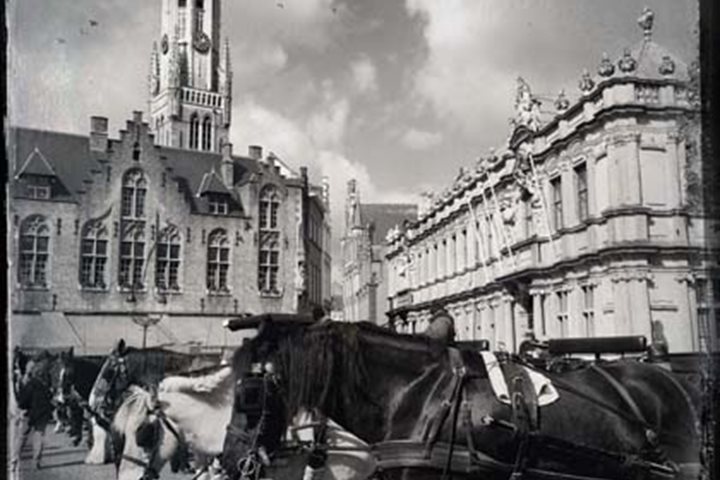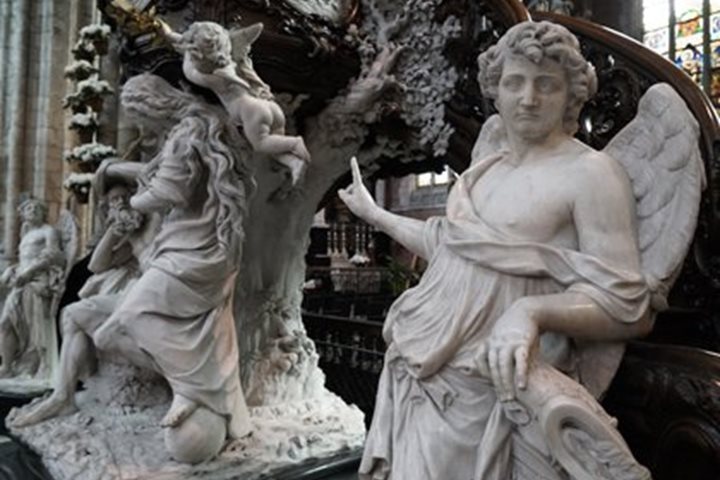We arrived at the port of Ostende early in the morning. The morning was overcast and the temperature was 51 degrees Farenheit. We had an early breakfast and departed the ship for Bruges, one of the finest examples of an intact medieval city in all of Europe. Bruges appears on first glance more like a fairytale than an active modern city, which it emphatically is.
The modern city was begun by Baldwin Count of Flanders as a fortified dwelling place. It was strategically placed on a sea channel called the Zwin. This was to prove a very sensible move as Bruges shortly after its foundation became a major trading entrepot and developed a particularly lucrative market with the English in East Anglia from whom it bought raw wool. Bruges very early on became a center for the textile industry and imported raw wool and developed a fine reputation for first class manufactured textiles. During the 13th century a very well-to-do merchant by the name of van de Bourse used to hold frequent meetings in his home to discuss business enterprises. That merchant actually gave his name to the first stock exchanges in the world, i.e., “Bourse.”
Bruges, as an important member of the Hanseatic League -- a trading cartel of largely German Baltic city states – was able to export its goods all over Europe from London to St. Petersburg and the Mediterranean. The wealth poured into the city and so did people; merchants, artisans of every sort, religious houses, serving classes and the nobility. The city grew rapidly and by the middle of the 15th century, Bruges had a population of 200,000. Paris and London had approximately 45,000 at the same time. Such massive wealth allowed the burgers of Bruges to invest heavily in the urban fabric of their city.
Today we were the happy recipients of their architectural choices as the city is one of the architectural gems of Western Europe. It is difficult to point to one building to praise since the city is so blessed. However, we all marveled at the glorious gothic city hall (Stadhuis) built in 1420, literally covered with statues of the rulers of Flanders and the small but polychrome Basilica of the Holy Blood. A good number of us actually got to see the holy relic. We all boarded the canal boats for a 30-minute ride through this “Venice of the North.” The name of the city actually means “bridge,” a testimony to the numerous canals in the city. Many enjoyed the delights of Belgian pancakes heaped with whipped cream and strawberries.
Societies not only come to prominence but they go into senescence and that happened to Bruges. With the decline of the Hanseatic League in the 16th century and the silting of the Zwin, Bruges lost its access to the sea and with that its well developed distribution system for both its imports and exports. The city slept undisturbed only to be rediscovered as an architectural gem in the late 19th century. Ever since Bruges has been the hub of great tourist activity and is always filled with visitors as we discovered.
We returned to our wonderful National Geographic Explorer after a satisfying visit for lunch. We had a presentation in the afternoon by Sisse Brimberg “On Assignment” and at 5:00 pm by Tom Heffernan “The Germanic Languages: Their Discovery and Place in the Indo-European Family of Languages.” We had a lovely farewell reception in the lounge and a wonderful dinner before we retired for the evening! As I think back on our trip I am struck by the enormous variety from the lovely city of Harlingen in Friesland, to the wildness of Texel with its wonderful birds, to Amsterdam’s elegance, Antwerp’s center as a disembarkation point for two and a half million Europeans going to America, to the rich wool towns of Ghent and Bruges.









